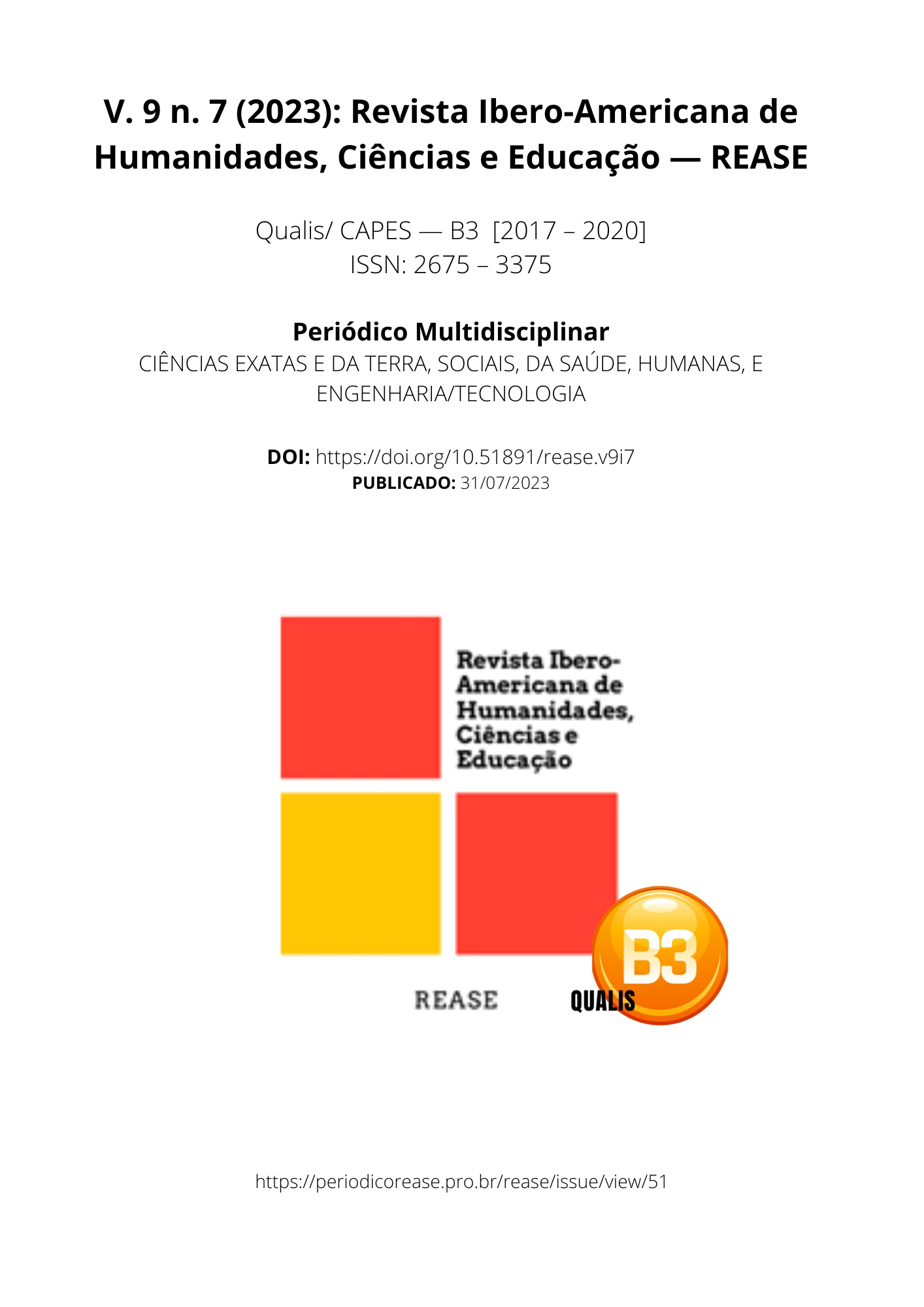COMPARISON OF OPERATIVE VAGINAL DELIVERY TECHNIQUES: FORCEPS AND CUPPING
DOI:
https://doi.org/10.51891/rease.v9i7.10705Keywords:
Vaginal delivery. Forceps. Suction cup.Abstract
This article presents a comprehensive review of the comparison between two operative vaginal delivery techniques: the use of forceps and cupping. Through review of relevant studies and evidence, we examine in detail the clinical aspects and outcomes associated with each of these obstetric approaches. Our analysis reveals that both forceps and cupping play essential roles in the context of operative vaginal delivery. We considered aspects such as efficacy, maternal and neonatal outcomes, duration of the procedure, need for additional interventions, and the perspective of the medical team and the parturients. The results indicate that the choice between these techniques should be based on individual criteria and specific clinical situations. Forceps may be more indicated in situations where rapid fetal extraction is required, while suction cups may be preferable when protection of the perineum is a priority. In addition, we identified variations in the duration of the procedure and the incidence of additional interventions, highlighting the importance of a personalized approach. The satisfaction of the medical team and the parturients also plays a crucial role in choosing the appropriate technique. In summary, this study highlights the relevance and particularities of operative vaginal delivery techniques with forceps and suction cup. By understanding the benefits and considerations of each approach, healthcare professionals will be better equipped to make informed decisions and provide safe and effective obstetric care.
Downloads
Downloads
Published
How to Cite
Issue
Section
Categories
License
Atribuição CC BY

